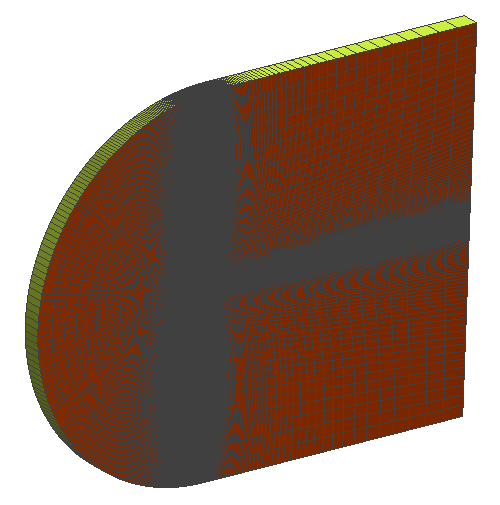Airfoil
Introduction
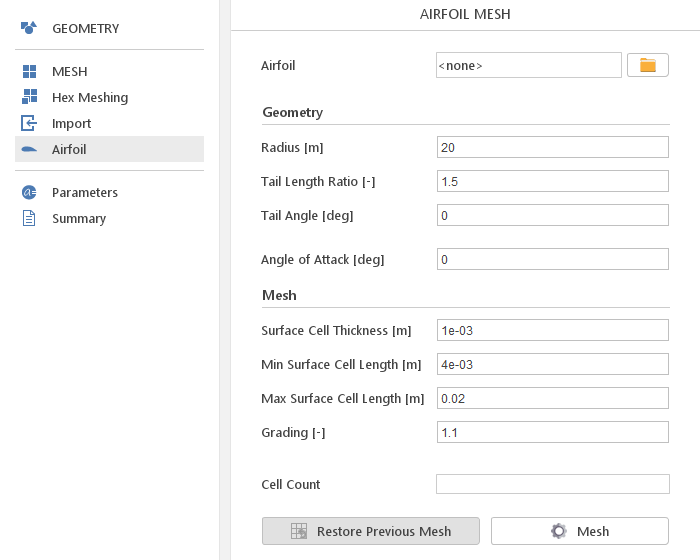
SimFlow has a special Airfoil mesh creator that can be used for generating the mesh around an airfoil easily. The airfoil mesh is designed for 2D simulations.
Plug-in activation
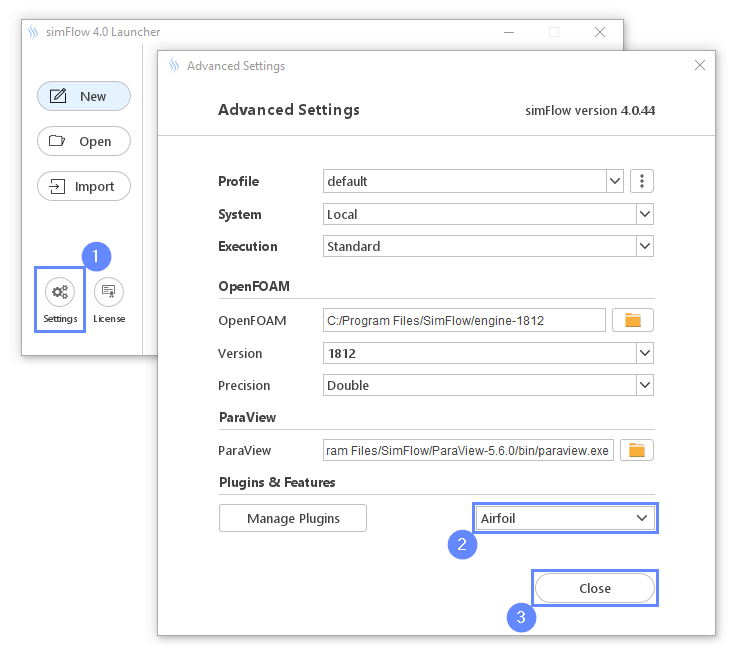
Airfoil panel is added as an optional feature, so it needs to be activated in the Simflow.
To activate the airfoil mesh generator:
1 Go to the menu bar and select Help
2 Expand the Features list
3 Enable the Airfoil plugin
Airfoil Mesh

In order to create a mesh around an airfoil, go to the Airfoil panel and load a file that contains airfoil coordinates.
Geometry
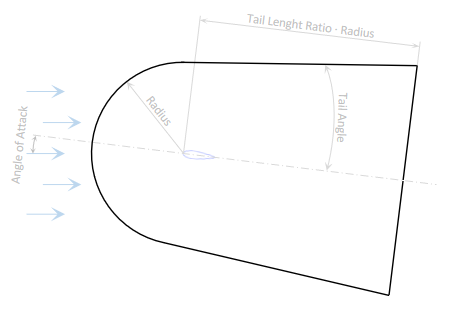
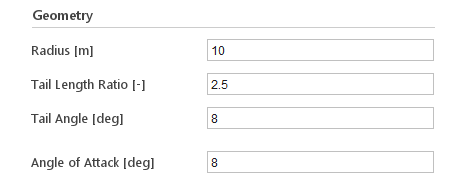
The shape of the computational domain is determined by the following parameters:
- Radius [m] - defined considered area in front of the airfoil
- Tail Length Ratio [-] - determine the length of the domain behind the airfoil relative to the radius
- Tail Angle [deg] - define the angle of the domain behind the airfoil
- Angle of Attack [deg] - define the angle between the airfoil chord line and flow direction
Mesh

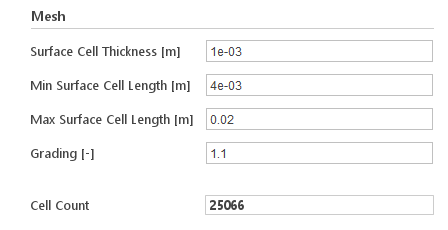
The mesh parameters allow to specify the mesh characteristics.
- Surface Cell Thickness [m] - thickness of the first cells row around the airfoil
- Min Surface Cell Length [m] - min length of the first cells row around the airfoil
- Max Surface Cell Length [m] - max length of the cell on the domain outer radius
- Grading [-] - the cell expansion ratio
The mesh algorithm displays the Cell Count before it starts meshing.
Meshing

The Mesh button starts the computational domain generation. If the mesh is generated more than once, for example, after changing the mesh density, the Restore Previous Mesh button becomes active. By clicking this button, the current mesh will be replaced with the previous one. You can think about this option as a one-level undo.
Boundaries
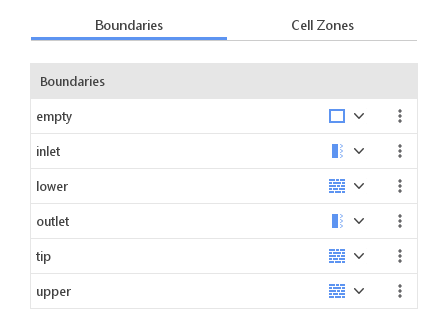
A boundary layer is automatically generated around the airfoil to increase accuracy in the near wall region. The domain consists of inlet and outlet, lower and upper boundaries of the airfoil, as well as the tip of the airfoil.
It is worth noting that the mesh generated in the Airfoil panel is 2D, so empty boundary conditions are automatically assigned to both sides of the computational domain.
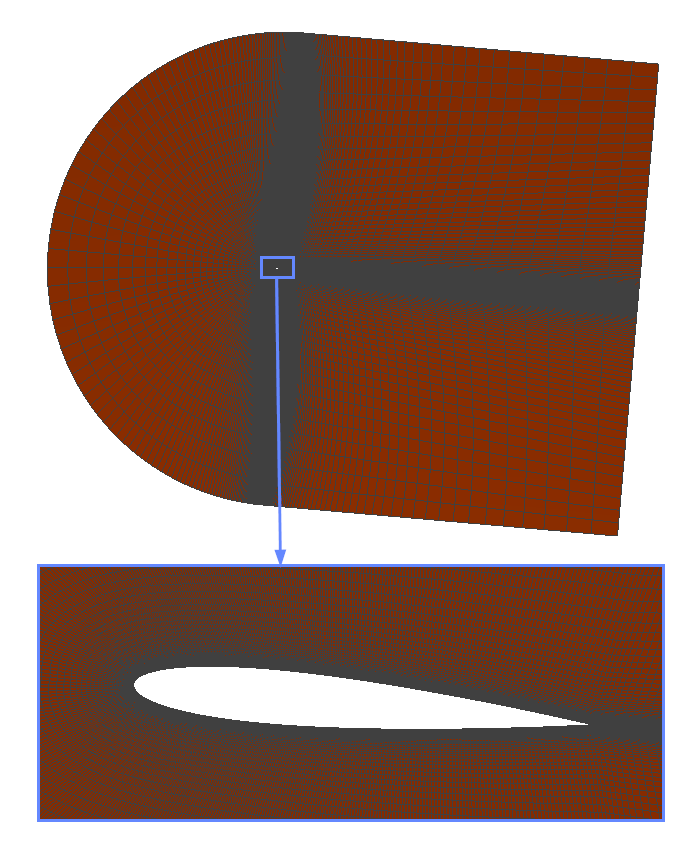
Furthermore, the mesh contains only one cell in the third dimension in which the fluid dynamics equations will not be solved.
